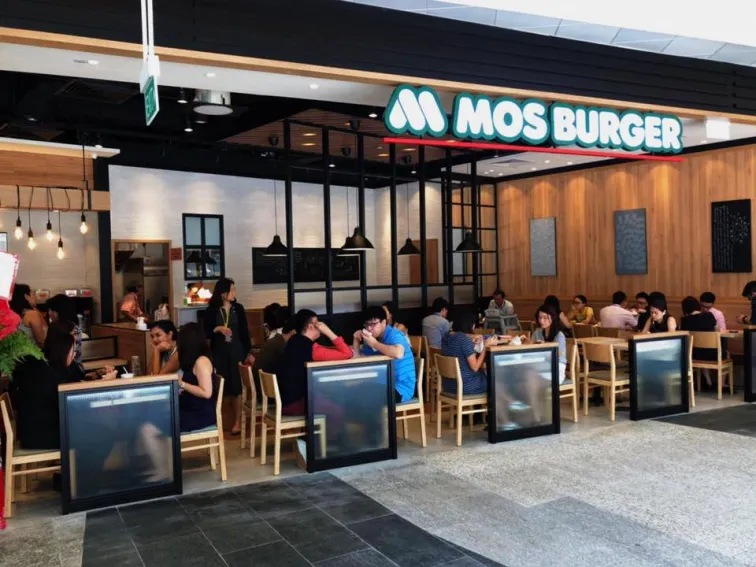
Mos Burger continues Southeast Asia expansion with 50-store plan in the Philippines
It is one of many Japanese chains that want to increase their presence in China and Southeast Asia due to foreign demand.
In its first international expansion in seven years, Japanese chain Mos Burger is slated to make its debut in the Philippines by the end of March 2020.
Its tenth overseas market, the chain seeks to have a 50-store network in the country by 2027, equivalent to around seven stores annually.
Mos Burger Philippines will be a joint venture between Mos Food Services and Tokyo Coffee Holdings, where the latter will own 65% of the firm. The deal is expected to be completed in early August this year. Tokyo Coffee holdings is a subsidiary of Philippine flour manufacturer General Milling.
Last April, Mos Food Services also announced that its Thailand operations gained a new partner to help its expansion plans in the country. Printed circuit board maker KCE Electronics, acquired a 74.3% stake in Mos Food Services (Thailand).
The firms plan to raise its number of stores in Thailand from eight to 45 in the next four to five years.
Mos Food Services was founded in 1972 in Tokyo and now has over 1,700 branches across Japan, Taiwan, Singapore, Hong Kong, Thailand, Indonesia, China, Australia and Korea.
For the month of June, Mos Burger is the latest Japan-based brand who’s ramping up their Southeast Asia expansion, following the announcement of casual dining chain Pronto Caffe & Bar first Singapore launch and hotpot chain Bijin Nabe’s debut in Hong Kong.
In a report from Nikkei Asian Review, companies from Japan’s services sector have been looking to venture in China and Southeast Asia as they seek to capture the opportunities arising from the demand created by foreigners.
The report also cited sushi restaurant operator Ganko Food Service which plans to open a restaurant in Taiwan and a conveyor sushi belt in China. The company said it has seen 1.35 million foreign tourist visits.
A large part of Japan’s foreign tourists are comprised of Chinese tourists, followed by South Korea and Southeast Asia, according to Japan Tourism Agency.


























